Best Tobacco Dip: A Comprehensive B2B Guide to Selecting, Sourcing, and Procuring for Your Business
Tobacco dip remains a mainstay in the smokeless tobacco category, especially among consumers seeking an alternative to traditional cigarettes. For businesses operating in the tobacco or nicotine industry, offering premium-quality dip isn’t just a product decision—it can be a strategic advantage in an increasingly competitive market.
This guide is tailored for corporate buyers, wholesalers, and distributors aiming to optimize their procurement process. We’ll explore everything from sourcing channels and pricing structures to the pros and cons of OEM versus white-label production, along with key considerations for sample testing and supplier collaboration.
Let’s dive into how to identify and secure the best tobacco dip for your business.
Section 1: How to Purchase Tobacco Dip in Bulk
Bulk purchasing of tobacco dip requires a well-structured approach to ensure consistent quality, cost-efficiency, and long-term scalability.
1.1 Evaluate Quality Standards
The foundation of any great tobacco dip lies in ingredient quality and precise manufacturing. Products should meet your country’s regulatory requirements (e.g., FDA compliance in the U.S. or CFDA in China). When assessing suppliers, inquire about:
-
Ingredient sourcing practices
-
Flavor stability and authenticity
-
Moisture content and cut consistency
-
Additive usage and safety profiles
Partner with a certified nicotine manufacturer who offers verifiable testing data and production traceability.
1.2 Research Reliable Suppliers
Start by reviewing established nicotine factories or liquid nicotine wholesalers with documented industry experience. Platforms like Snuff Factory showcase a broad selection of dip-related products, helping you evaluate sourcing options efficiently.
1.3 Analyze Bulk Pricing and Production Capacity
Buying in bulk opens the door to price negotiations and tiered discounts. Be sure to assess each supplier’s ability to scale with your business, ensuring they can meet growing demand without compromising quality.
1.4 Customize for Market Demand
Different markets prefer different formats—long cut, fine cut, flavored, or traditional. Align your purchases with your target demographic. Seasonal or limited-edition flavors can also differentiate your brand and drive periodic spikes in sales.
Section 2: Regional Procurement Differences
Understanding the regulatory and logistical distinctions between regions is critical when sourcing tobacco dip globally.
2.1 United States
The U.S. enforces strict FDA oversight on smokeless tobacco. Ensure suppliers:
-
Meet the Tobacco Control Act requirements
-
Use nicotine preparation methods free from harmful contaminants
-
Adhere to proper labeling and packaging protocols
For verified, U.S.-compliant products, consult experienced suppliers such as Snuff Factory.
2.2 European Union
The EU enforces its own regulatory framework under the Tobacco Products Directive (TPD), which includes:
-
Packaging restrictions and health warnings
-
Ingredient disclosure requirements
-
Flavor bans in specific member countries
Ensure your suppliers can provide EU-compliant documentation and traceability.
2.3 Asia (China and India)
Procurement across Asian markets offers volume scalability, but often demands additional oversight.
-
China: High-volume nicotine factories are prevalent but may need third-party quality validation.
-
India: Expect extensive licensing, dynamic pricing models, and regulatory hurdles tied to state-specific tobacco laws.
Working with export-savvy suppliers mitigates regional sourcing complexities.
Section 3: Cost Composition
A thorough understanding of cost structures will help you budget more effectively for procurement and production.
3.1 Raw Materials and Equipment
Key cost drivers include:
-
Nicotine base
-
Flavor and moisture agents
-
Plant-based or natural fillers
Bulk deals from nicotine manufacturers can significantly reduce raw input costs.
3.2 Manufacturing Process
-
White-label options are typically more affordable and have quicker turnaround.
-
OEM production involves custom formulation and branding, which incurs higher development and testing costs.
3.3 Shipping and Compliance Fees
Freight charges, import duties, and regulatory certifications can affect final landed cost. Work with experienced freight forwarders to streamline logistics.
Section 4: White Label vs. OEM Tobacco Dip
Your choice between white-label and OEM solutions depends on business scale, budget, and branding goals.
4.1 White Label
-
Ready-to-sell products
-
Minimal investment and fast go-to-market
-
Ideal for new entrants or small-to-medium wholesalers
4.2 OEM
-
Fully customized formulation, flavor, and packaging
-
Brand exclusivity with premium positioning
-
Suited for established enterprises with defined market strategies
Tip: Startups may find white-label to be the smarter entry point, while seasoned brands gain more from OEM flexibility.
Section 5: Sample Requests, Orders, and Supplier Collaboration
Once a supplier is selected, the partnership process begins with validation and formal agreement.
5.1 Request Product Samples
Sampling is essential. Test for flavor accuracy, texture consistency, and packaging quality. Suppliers like Snuff Factory offer sample kits to streamline decision-making.
5.2 Submit Purchase Orders
Approved samples lead to formal orders. Include:
-
Volume and SKUs
-
Delivery timeline
-
Regulatory compliance clauses
-
Payment milestones
Bulk deals typically offer advantageous payment terms when negotiated upfront.
5.3 Establish Long-Term Partnerships
Regular communication, audits, and joint planning sessions strengthen relationships. Long-term agreements may also unlock:
-
Priority stock allocation
-
Custom development opportunities
-
Volume-based pricing incentives
Section 6: What Defines the Best Tobacco Dip?
To consistently deliver a superior product, businesses must consider several success factors:
-
Flavor Consistency: Consumers demand reliability in taste and texture.
-
Compliance Transparency: Regulatory readiness ensures smoother operations and brand credibility.
-
Scalability: Your supplier must grow with your demand.
-
Supplier Reliability: Track responsiveness, issue resolution, and willingness to collaborate.
Build supplier comparison grids based on these KPIs to support objective decision-making.
Conclusion
Sourcing the best tobacco dip involves far more than choosing a flavorful product—it’s about building a streamlined, regulatory-compliant supply chain anchored in quality and strategic partnerships.
Whether you pursue a white-label entry or go all-in with OEM customization, success lies in choosing the right manufacturing partner, negotiating fair terms, and aligning product offerings with market demand.
Explore trusted suppliers like Snuff Factory to take the next step in elevating your brand’s dip portfolio—backed by quality, compliance, and confidence.

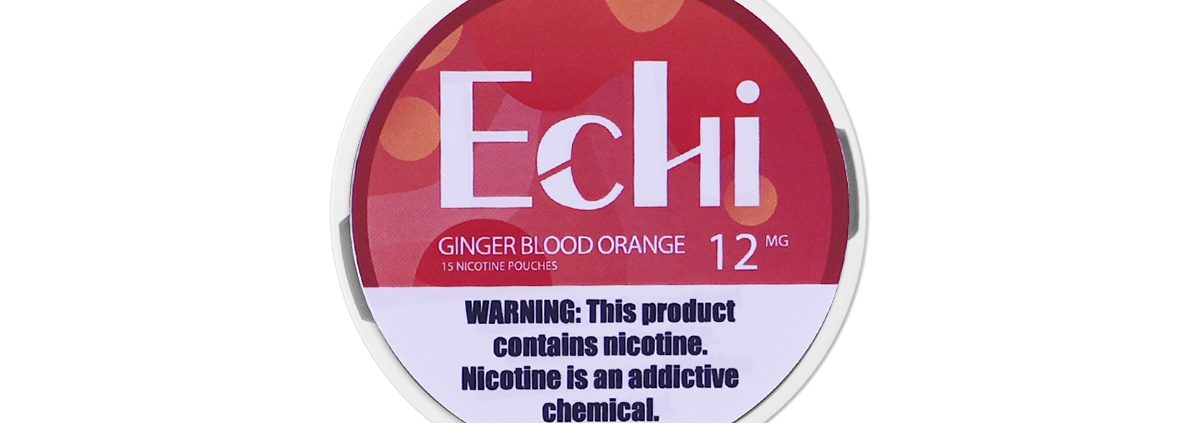
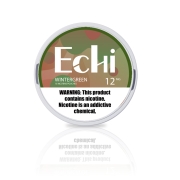
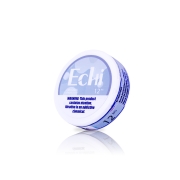
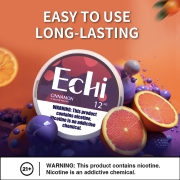
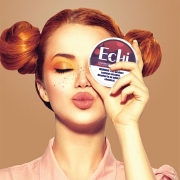
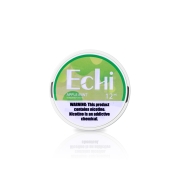
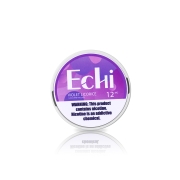


Leave a Reply
Want to join the discussion?Feel free to contribute!